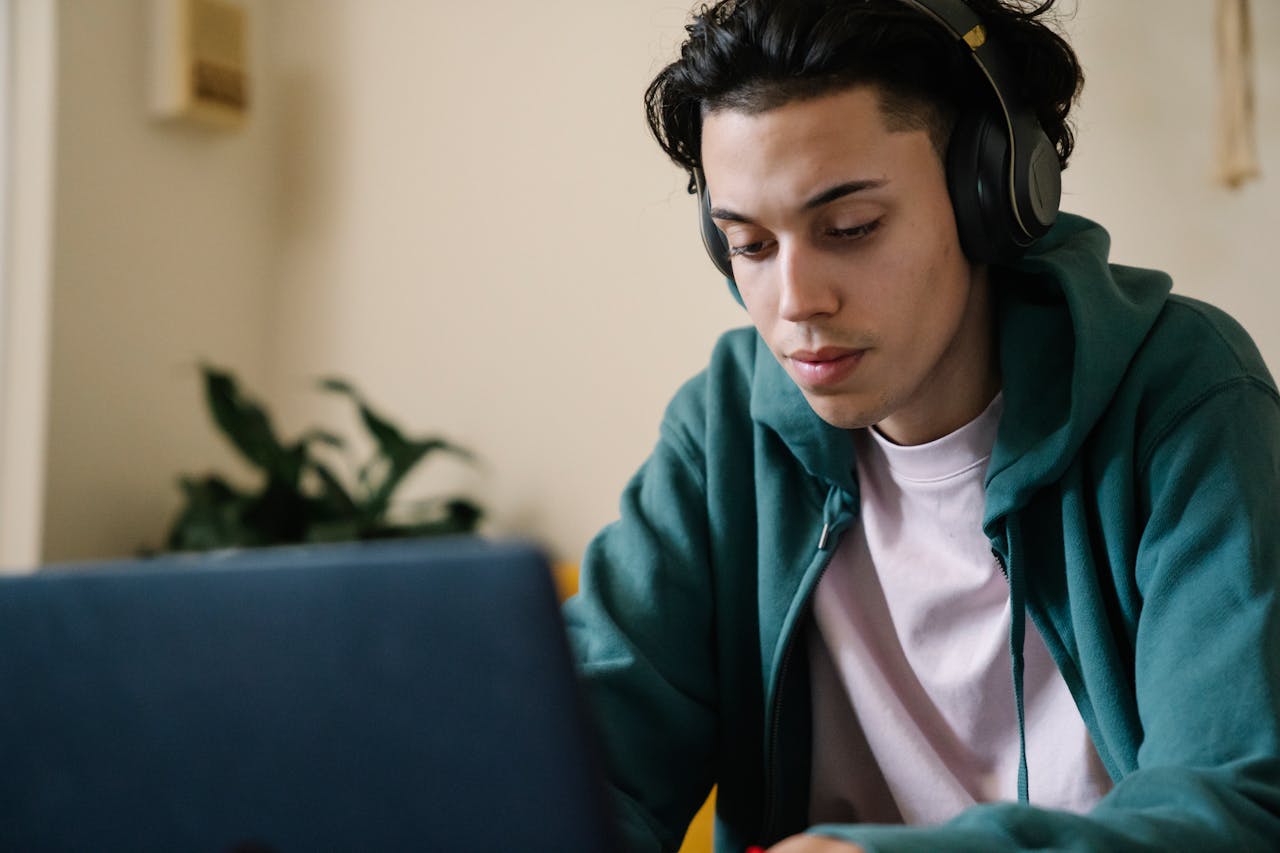Working with fellow musicians remotely can spark creativity and expand your horizons—but only if you approach collaboration thoughtfully. These eight tips will help you streamline the process, communicate clearly, and produce music that shines, no matter where your partners are located.
1. Choose the Right Collaboration Platform
- DAW Cloud Services: Tools like Soundtrap, BandLab, and Splice let multiple users edit a single project in real time or asynchronously.
- File‑Sharing Solutions: Google Drive, Dropbox, or WeTransfer work well for exchanging stems, MIDI files, and project archives.
- Version Control: Consider naming conventions (e.g.,
SongName_PartName_Date) and create folders for each draft to avoid confusion and overwriting.
2. Establish Clear Roles & Responsibilities
- Define Each Contributor’s Task: Who’s writing lyrics? Who’s programming drums? Who’s mixing?
- Set Deadlines: Agree on milestones—draft completion, feedback rounds, final mix. A shared calendar or project tracker (Trello, Asana) keeps everyone on the same page.
- Communication Channels: Use Slack, Discord, or email threads to discuss ideas, share reference tracks, and give feedback in one organized place.
3. Agree on Technical Standards
- Sample Rate & Bit Depth: Standardize on 44.1 kHz/24‑bit or 48 kHz/24‑bit to ensure seamless integration of audio files.
- File Formats: Share WAV or AIFF for stems; use MP3 only for quick demos or reference.
- Tempo & Key: Lock in BPM and key signature before recording to prevent pitch‑shifting or time‑stretching artifacts later.
4. Share Detailed Reference Materials
- Mood Boards: Create a folder of inspirational tracks, live performance videos, or sample packs that capture the vibe you’re aiming for.
- Notation & Chord Charts: If you’re working with session players, provide lead sheets or MIDI files outlining the arrangement.
- Mix References: Identify 2–3 professionally mixed songs with similar sonic qualities (drum punch, vocal style, reverb level) to guide your engineer.
5. Streamline Feedback & Revisions
- Time‑Stamped Notes: When giving feedback, reference exact timestamps (e.g., “Guitar fill at 1:15 needs more reverb”).
- Use Commenting Features: Platforms like Soundtrap and BandLab let you leave comments directly on the timeline.
- Limit Revision Rounds: Agree on a fixed number of mix tweaks—too many can stall the project and dilute focus.
6. Leverage Real‑Time Collaboration When Possible
- Live Sessions: Host Zoom or Jamulus sessions to run takes together, capture performance energy, and solve issues on the spot.
- Screen Sharing: Walk through your DAW session visually so collaborators understand plugin settings, routing, and automation lanes.
- Latency Management: Use low‑latency audio interfaces and wired connections to minimize audio lag during live tracking or jamming.
7. Protect Your Work & Rights
- Agreements & Splits: Draft a simple collaboration agreement outlining songwriting splits, master ownership, and publishing credits.
- Backup Strategy: Regularly archive project files to an external drive or secondary cloud account in case of data loss.
- Metadata & Stems: Embed track information in file metadata (artist name, track title, version number) before sharing.
8. Celebrate & Share Your Finished Project
- Final Review Meeting: Schedule a virtual listening party to discuss the final mix and ensure everyone feels proud of the outcome.
- Release Plan: Coordinate cover art, social media teasers, and distribution channels (Spotify for Artists, Bandcamp, SoundCloud).
- Credit Contributors: Publicly acknowledge everyone’s role—writing, production, mixing—to build goodwill and encourage future collaborations.
By following these best practices, you’ll minimize technical hurdles, strengthen creative communication, and deliver polished collaborative music—no matter the miles between you and your bandmates. Embrace the possibilities of the digital studio, and watch your remote collaborations flourish!


